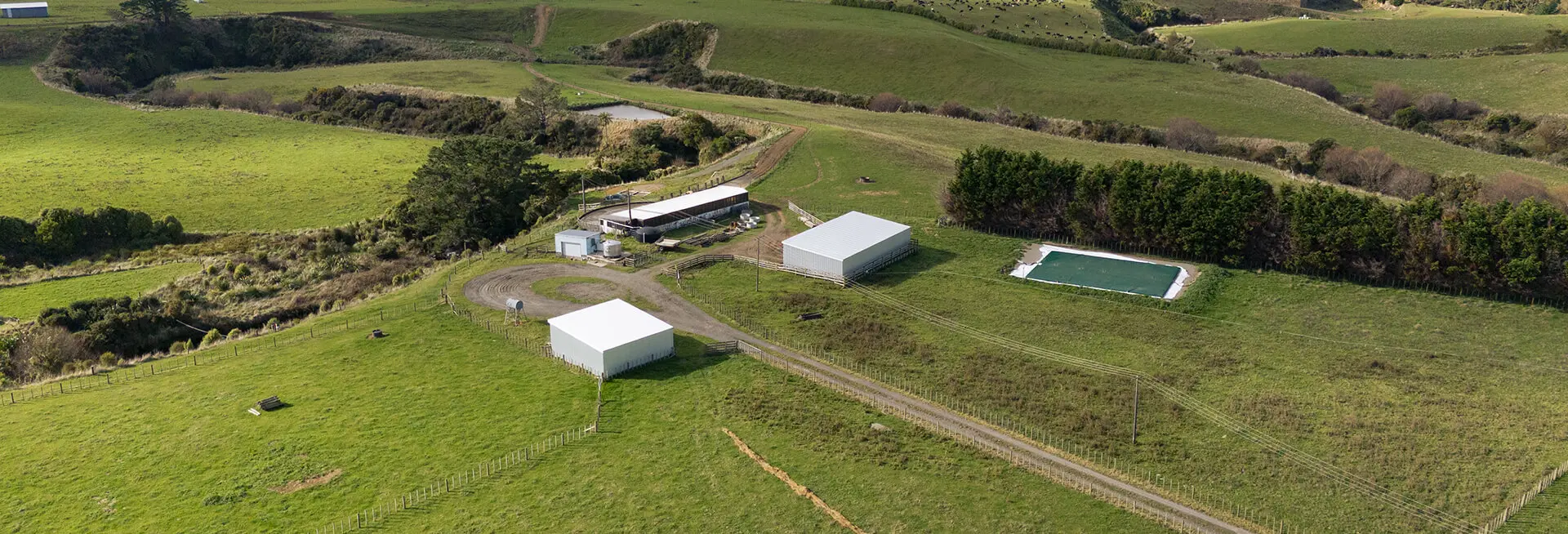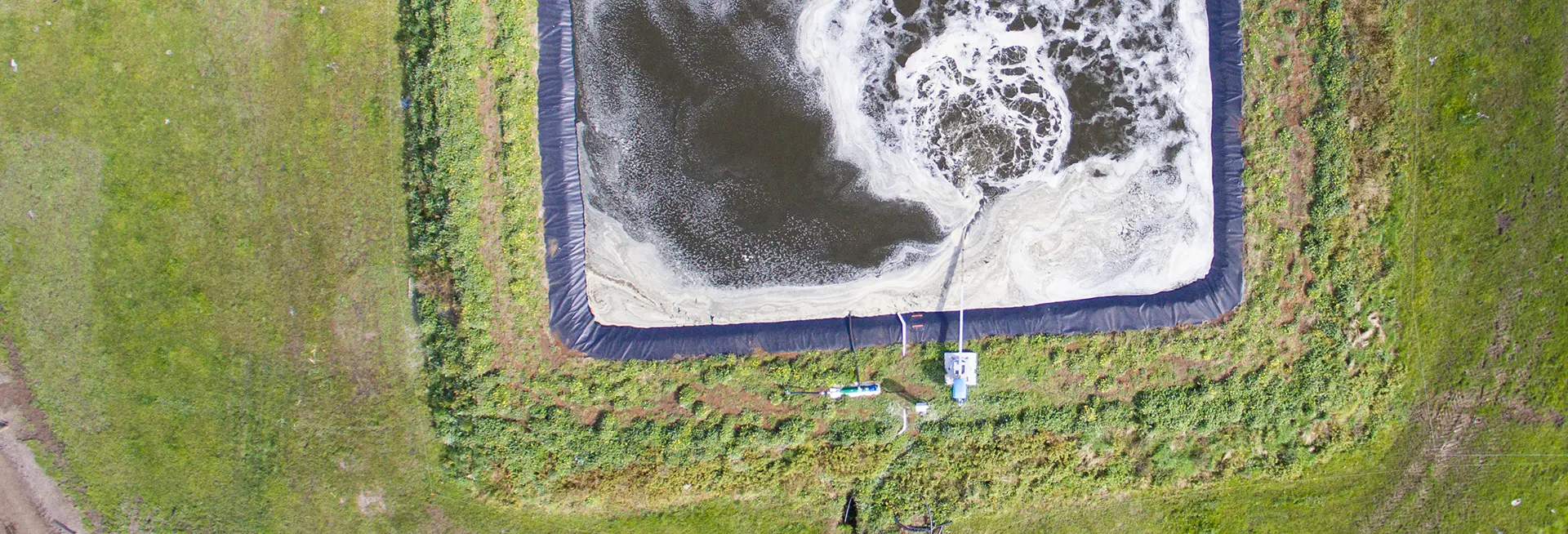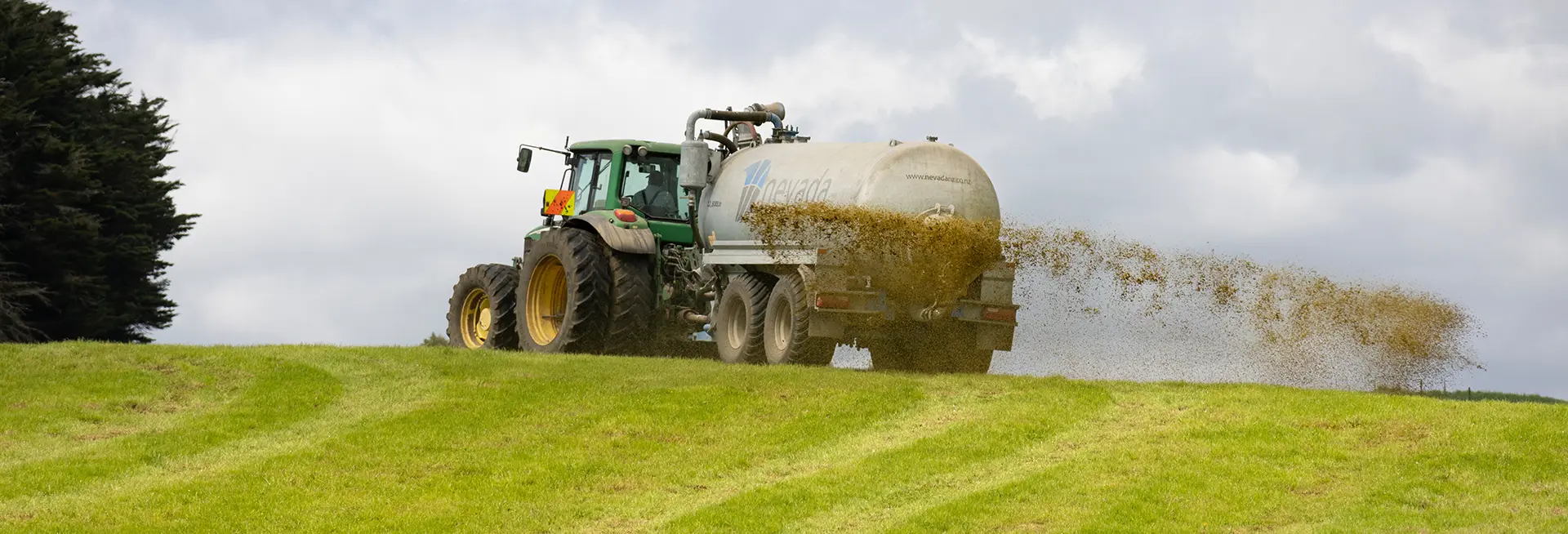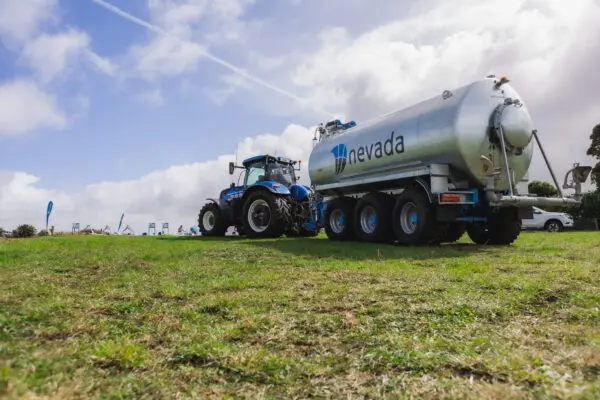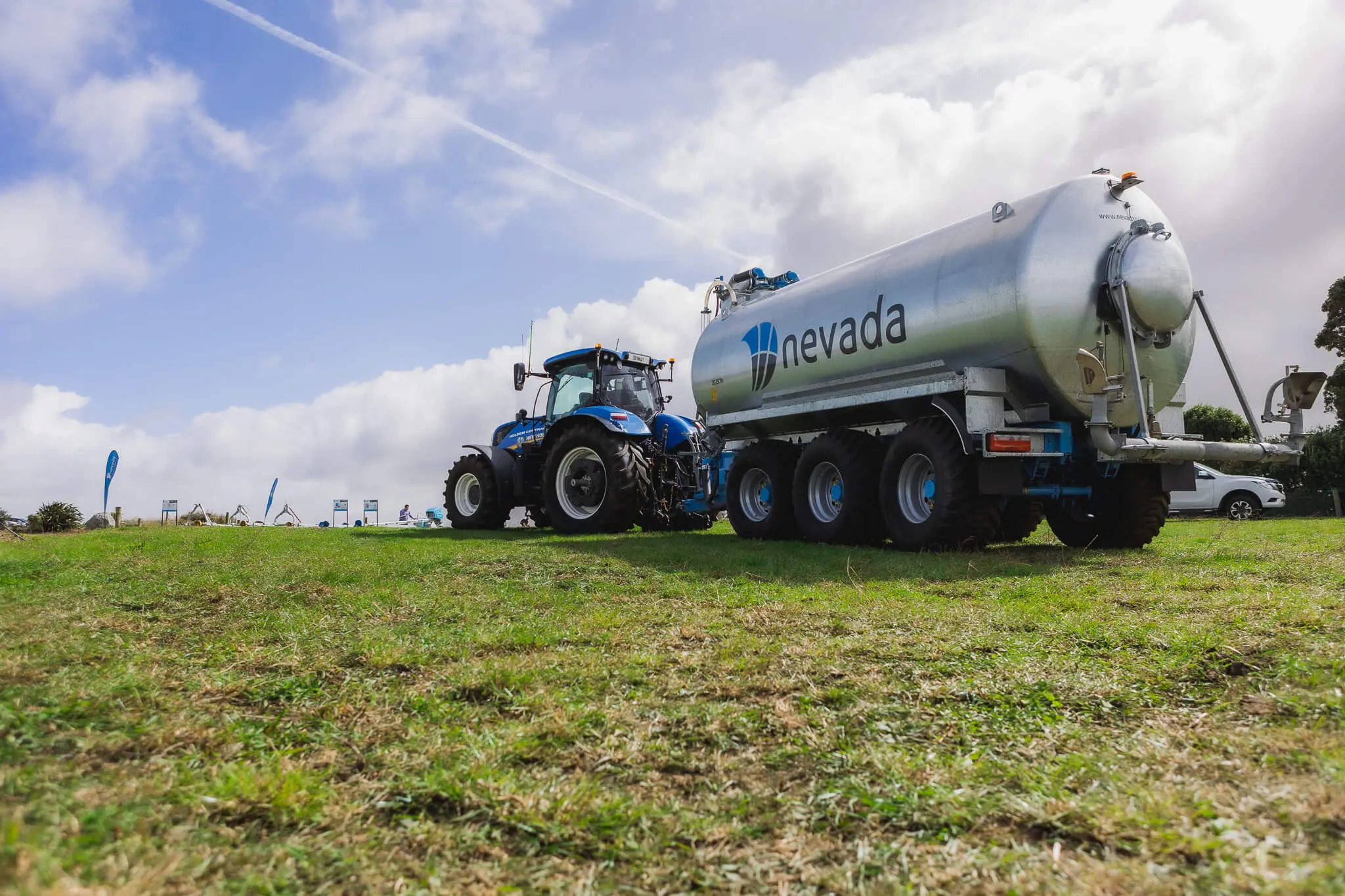Making sure the pond is the correct size helps to ensure efficient and sustainable effluent management.
If your pond can’t store enough effluent, you risk over-irrigating your soil, resulting in surface runoff or direct drainage – bad for your soil and plants, and extremely bad if it results in non-compliance.
On the other hand, if your pond is too large, you’ll be maintaining a system that’s bigger than requirements, resulting in more money spend installing and maintaining the system.
By getting the pond size right from the start, you’ll have the peace of mind that your system will provide the most effective use of water and nutrients (vital in drought-prone areas), enable flexibility for irrigation schedules, and reduce your risk of non-compliance.
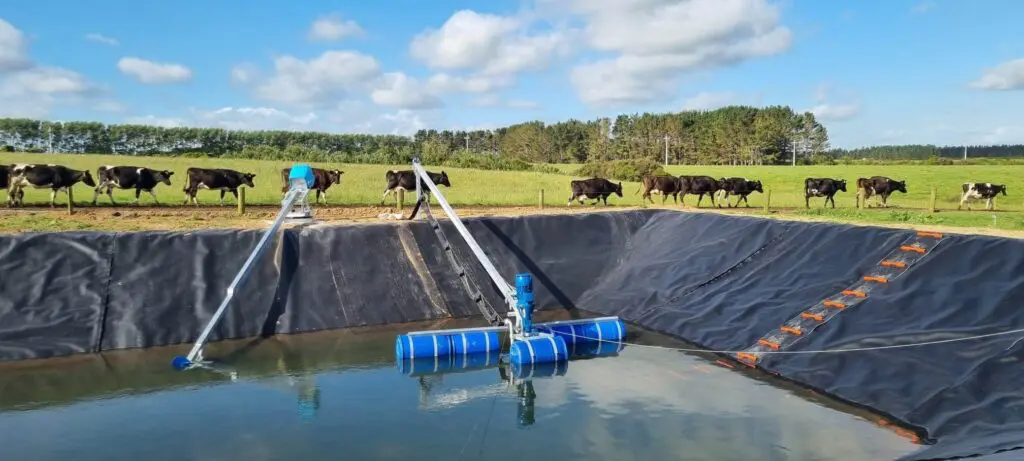
What factors do you need to consider when thinking about effluent pond size?
The key components that influence your effluent pond’s size are:
- The climate on your farm, including the annual rainfall.
- The soil risk factor. Is your soil free draining with slopes less than 7 degrees (low risk)? Or does it have artificial or impeded drainage, or slopes greater than 7 degrees (high risk)?
- Irrigation methods: how much effluent is applied each day in volume, and to what depth?
- Current storage pond sizes.
- Wash water and dairy water use volumes. How much water do you use to clean the milking plant and wash out the yard?
- Rainfall catchment areas: What volume of rainwater do you collect from the roofs of sheds, yards, tanker aprons, sumps, silage bunkers, feed pads, and other structures.
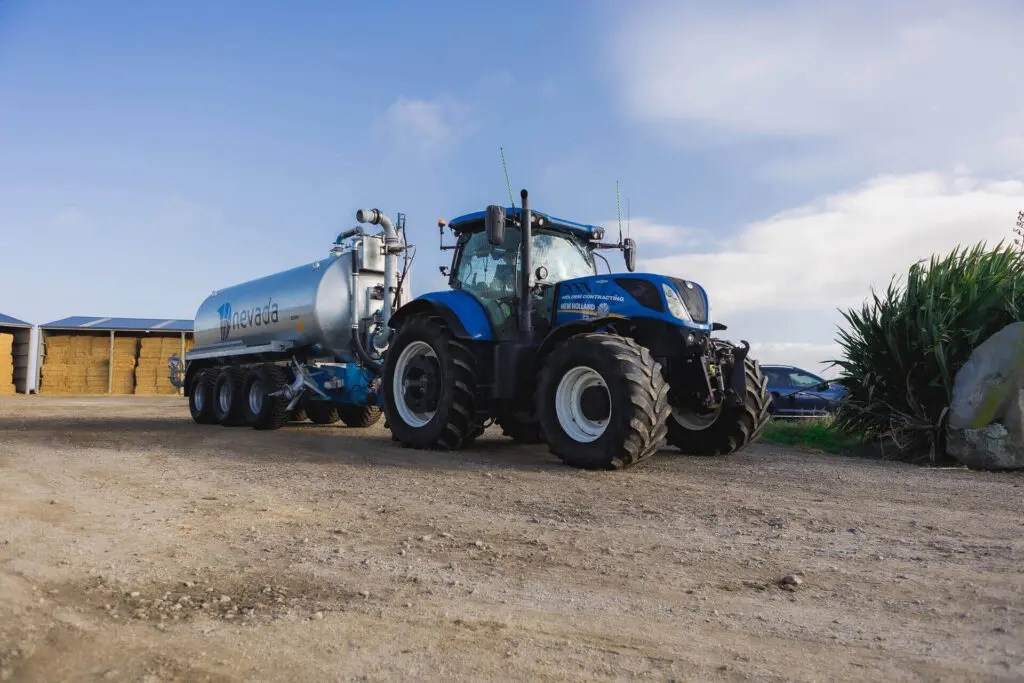
How do these factors influence pond size and what does it mean for me?
- Climate, and rainfall in particular influence tha amount of water you collect and the number of opportunities to irrigate. See point 6 for ideas and tip about this.
- Soil risk factor has a huge bearing on how often you can irrigate, especially in winter/spring when conditions are unfavourable. With high risk soils you must wait for a soil moisture deficit before applying effluent. You must only apply the depth to return the soil to field capacity. For example if you have a deficit of 2mm the irrigation method must not apply more than 2mm. Evapotranspiration data is available for each region, but typically it is around 1mm for a fine day in winter.
- With high risk soils the lower the application depth the more often effluent can be applied. Obviously an irrigator that can apply 1mm can be used after 1 fine day, whereas an irrigator that applies 10mm needs 10 or more consecutive days of fine weather! The other point here is the volume applied. A travelling raingun might apply 1mm over 2 hectares which amounts to 40 cubic metres. The Nevada RainWave can apply as low as 1mm, and is continuously moved over the farm allowing up to 1,000m3/day!
- Where you have an existing pond you want to use talk to the team at Nevada and they can help you work through the requirements (they are accredited effluent designers and work with regional councils across the whole country).
- Wash down procedures and methods have the large impact on pond size. If you have large yards or a feedpad you may like to consider using greenwater (recycled effluent water) to reduce the amount of fresh water you add to the effluent stream. There are rules governing this so check with the Nevada team. You don’t necessarily need to have solids separation to be able to recycle effluent water. The Nevada PondBoom allows you to decant water off the top of the pond.
- Catchment area include the yards, feedpad and the effluent pond. Some of this water can be diverted. We strongly recommend diverting stormwater at the end of the season. Diversion during the season has to be carefully managed to avoid contamination. Covering feedpads, and using enclosed storage bladder tanks are other ways of reducing the catchment. Naturally the higer your rainfall the more important it is to divert stormwater. The Nevada team have a range of diverters for different situations.
